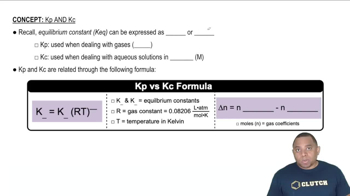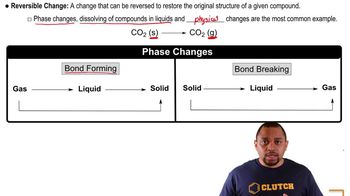Textbook Question
Consider the reactions and their respective equilibrium
constants:
NO(g) + 1/2 Br (g) ⇌ NOBr(g) Kp = 5.3
2 NO(g) ⇌ N2(g) + O2(g) Kp = 2.1⨉1030
Use these reactions and their equilibrium constants to predict
the equilibrium constant for the following reaction: N2(g) + O2(g) + Br2(g) ⇌ 2 NOBr(g)





